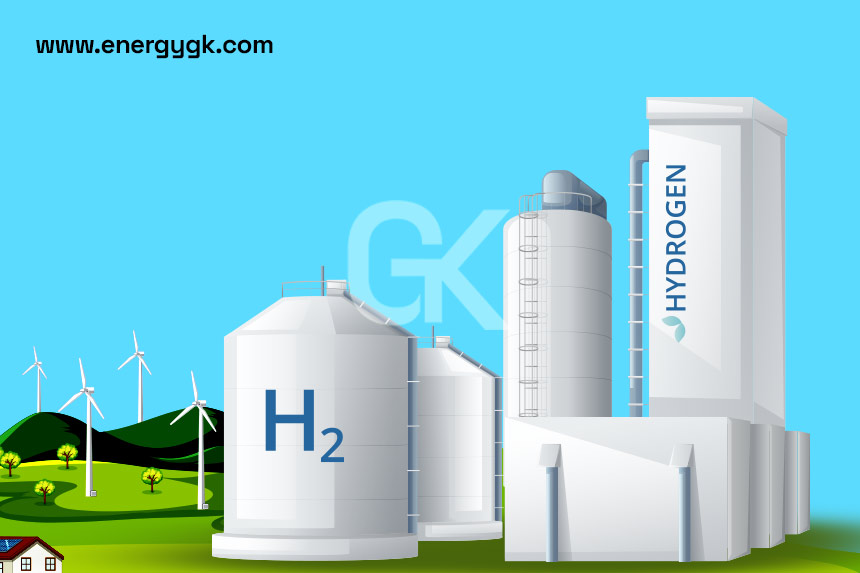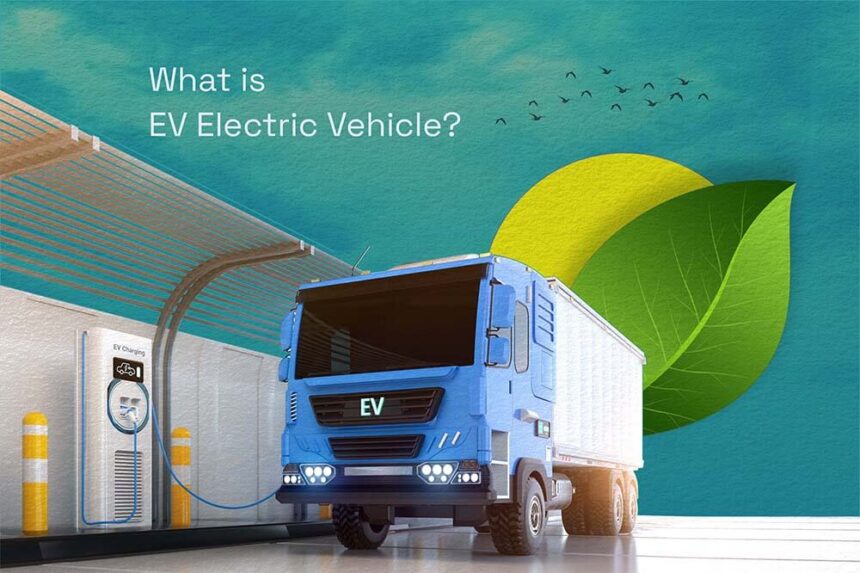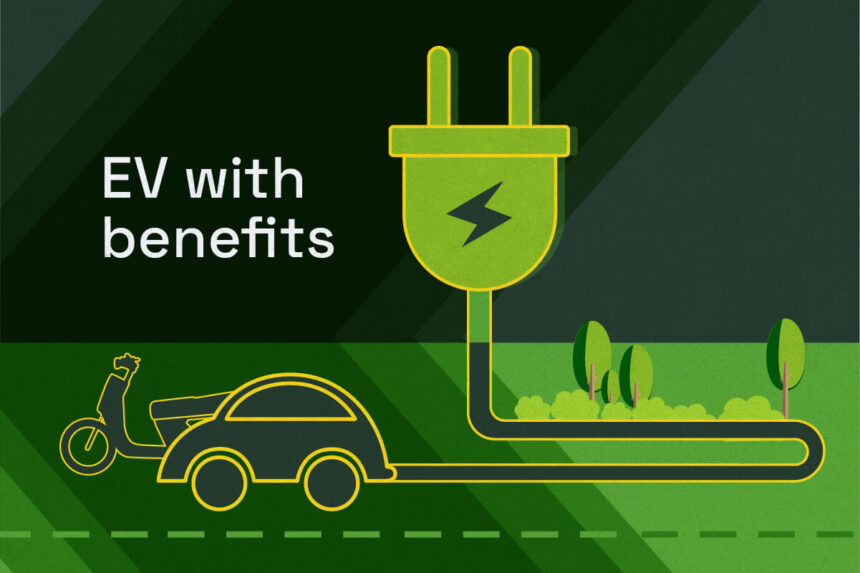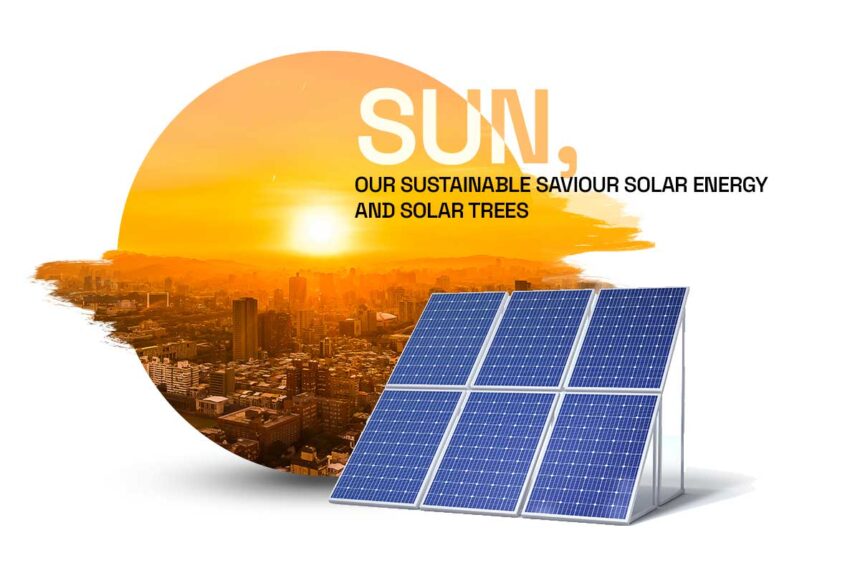Bioenergy has become a viable option as people look for alternatives to fossil fuels. Because they can lessen greenhouse gas emissions and dependency on non-renewable resources biofuels like ethanol stand out among other bioenergy sources. But there is a lot of nuance to the biofuels debate with both proponents and opponents putting up strong cases. This article examines the benefits and drawbacks of biofuels such as ethanol to help you decide if they are a good or bad thing for our pursuit of sustainable energy.
Advantages of ethanol-based biofuels.
Sustainable and renewable: Corn sugarcane and other biomass are examples of renewable resources used to produce ethanol. Biofuels can be regenerated quickly which makes them a more sustainable energy source than fossil fuels which take millions of years to form.
Cutbacks on Greenhouse Gas Emissions: When compared to fossil fuels biofuels have the potential to dramatically lower greenhouse gas emissions. A more balanced carbon cycle is produced when ethanol is burned because it releases carbon dioxide that is almost equal to what the plants absorb during growth. This reduces the total carbon footprint which can help slow down climate change.
Energy Safety: Domestic biofuel production can improve energy security by lowering reliance on imported oil. More energy independence and stability may result from this especially for nations that depend significantly on oil imports.
Economic Benefits: By generating jobs in the manufacturing agricultural and research sectors the biofuel industry can promote economic growth. Local economies and rural development can be supported by building a strong biofuel industry.
Biodegradability: The environmental effects of spills and leaks are lessened by the biodegradability and lower toxicity of ethanol and other biofuels compared to fossil fuels. Because of this feature biofuels are safer for water supplies and ecosystems.
Drawbacks of ethanol-based biofuels.
Food in contrast to. Encourage Discussion: Food production and fuel production compete with each other for resources and land which is one of the main criticisms leveled at biofuels. Instead of being used to make ethanol crops like corn and sugarcane could be fed to humans and animals. In areas that are vulnerable this competition may increase food prices and cause shortages.
Deforestation and Land Use: It is frequently necessary to turn wetlands grasslands and forests into agricultural land in order to increase the output of biofuels. Deforestation biodiversity loss and ecosystem disruption may result from this. The reduction in greenhouse gas emissions from using biofuels can be countered by changes in land use.
Use of Water: Significant amounts of water are needed for irrigation processing and refining in the production of biofuels particularly ethanol. This high water demand can aggravate the issue and put stress on local water supplies in areas where there is already a shortage of water.
Balance of Energy: The difference between the energy needed to produce biofuel and the energy it produces is known as the fuels energy balance. According to some research the energy required to cultivate harvest and process biofuel crops can be high—sometimes even surpassing the energy produced by the fuel itself.
Financial Sustainability: Biofuel production can be financially difficult without government subsidies and incentives despite the potential financial advantages. Biofuels may become less profitable due to technical obstacles changes in crop prices and competition from alternative energy sources.
Conclusion.
When it comes to finding sustainable energy solutions biofuels like ethanol offer both opportunities and challenges. They hold out the prospect of increased energy security decreased greenhouse gas emissions and renewable energy. They also bring up issues with water use land use economic viability and food security. Resolving these issues and optimizing the advantages of biofuels will require ongoing research and development in the future. Technological developments such as the creation of second-generation biofuels from waste materials and non-food crops may be able to lessen some of the drawbacks of the current biofuel production processes. Biofuels’ place in our energy landscape will ultimately depend on how well their effects on the environment the economy and society are balanced. We may choose the most effective way to incorporate bioenergy into a sustainable future by carefully considering the benefits and drawbacks.






